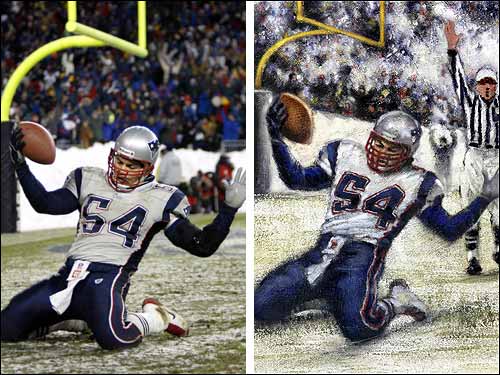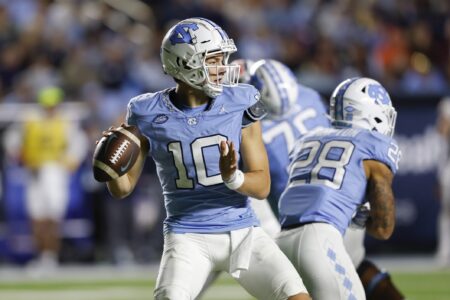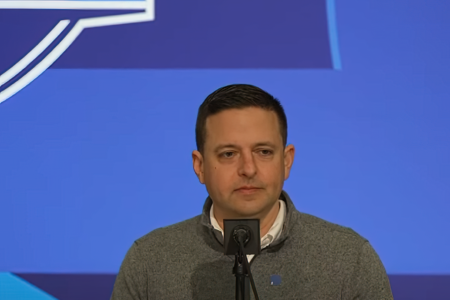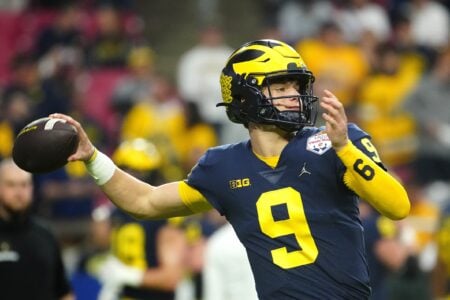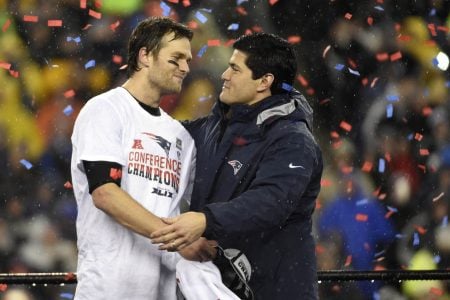- Joined
- Mar 13, 2005
- Messages
- 20,536
- Reaction score
- 1
http://www.bostonsportsreview.com/200609_story_patriots.asp
..."ball disruption."
Your New England Patriots didn't quite invent the term, but they do have a pretty respectable claim to being ardent practitioners of the "art." Understandably, in the seasons when the Pats do the most stripping, pass-deflecting and flat-out intercepting, they have traditionally had their most success.
-----
Here at the Big Razor, though, those scales get tipped with heavy thumbs. And a dash of Pepper.
-----
...New England Patriots 2006 media guide...offers the insufficient heading of "defensive line" coach for 42-year-old Detroit native Thomas "Pepper" Johnson, the 20-year NFL veteran (13 seasons playing and seven as a Belichick assistant).
While Johnson most certainly spends the bulk of his time with the D-line (anchored by four-year Pro Bowler Richard Seymour), it may be his role as the ball disruption instructor (BDI, for our purposes) that most accurately represents his significance to this Patriots "reign."
"Peps is Peps," cornerback Randall Gay said with a smile to fill his facemask. "The drills he does is to get us to focus on the ball — stripping it, tipping it.
-----
So exact is the art of ball disruption, that Seymour told the Boston Globe in 2003 that the team watched video specifically to assess ball-carrying vulnerabilities in opponents: "Pepper is in charge of ball disruption. It's fresh in our minds who we can get the ball out of, how the quarterback holds the ball when he's running trying to scramble around. So we're conscious of it. It's definitely a conscious effort to try to take the ball away."




